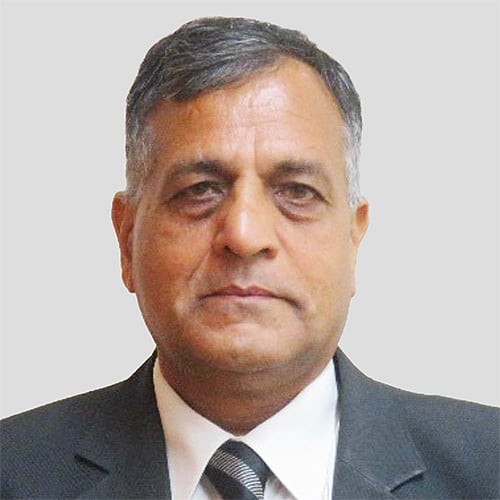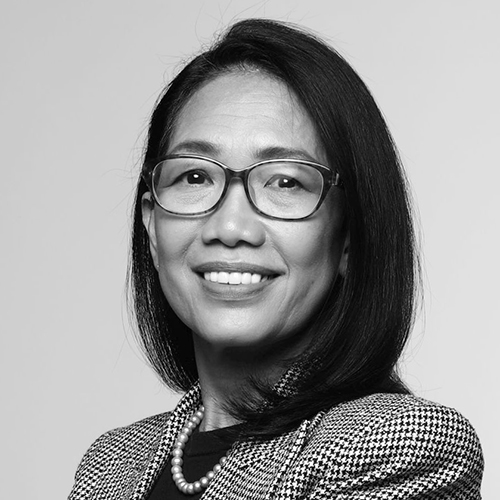The rapid expansion of the UCITS (Undertakings for Collective Investments in Transferable Securities) platform from Europe into Asia, the Middle East and Africa has prompted Standard Chartered to revisit its custody model to make it more responsive to changing market conditions.
The global fund industry sees UCITS as a successful platform for the manufacture and distribution of fund products, with total net assets increasing 0.5% in December 2012 to E6.351 trillion, while non-UCITS assets grew by 0.8% to E2.521 trillion, according to data from the European Fund and Asset Management Association (EFAMA).
EFAMA numbers show that long-term UCITS registered strong net sales in December 2012, reaching E234 billion of inflows in 2012.
For years, Asian fund managers have used UCITS to sell their home country's or regional funds to European investors.
More recently - as a result of increased transparency requirements by regulators following the global financial crisis - Asian fund managers have used the UCITS platform for cross-border distribution of their funds within Asia.
In an interview with The Asset, Margaret Harwood-Jones, the recently appointed global segment sponsor, investors and intermediaries at Standard Chartered, explains that for most asset managers offering UCITS funds, the conventional approach when investing into Asia, Africa and the Middle East has been to turn to a global custodian, which in turn delegates local custody to a network of subcustodians.
While this custody model provides convenience and scale, it involves trade-offs which are coming under mounting scrutiny following post-crisis market changes.
Harwood-Jones explains that the principal factors affecting this conventional custody model include:
- High global custody fees that still prevail despite standardized processes and information flows between investors and subcustodians that allow custodians to provide a single point of access and a uniform service across a wide range of investment markets;
- Tight timeframes to perform broker contract matching, to position reconciliations, and to prepare settlement and corporate event instructions generally mean that fund manager back office functions are carrying more operational risk than they are comfortable with;
- Investors are beginning to challenge the traditional layered global custody model because of its inability to provide direct access to local investment markets, including the chance to speak directly with local market experts; the ability to execute foreign exchange with a local currency specialist; access to onshore cash management services or to early stage participation in initial public offerings or freshly opened frontier markets.
In response to the growing demand for UCITS products and solutions as well as the changing dynamics in the global custody market, Standard Chartered has enhanced its custody service and launched an integrated and direct custody platform that incorporates custody and other related services, such as foreign exchange, fund accounting and transfer agency.
Unlike the conventional custody model, the bank's custody model cuts across the layer between the global custodian and the subcustodian. Previously, the bank acted as subcustodian for some global custody clients who service UCITS fund managers. But with the new custody model, Standard Chartered is able to serve UCITS fund managers directly.
The key to the success of this custody offering is to have an on-the-ground presence in Europe where the UCITS centres are, particularly Luxembourg and Dublin, while having the infrastructure and the scale in the growth regions of Asia, Africa and the Middle East.
Continued popularity
On March 18, Standard Chartered announced the opening of its depository bank branch in Luxembourg pending regulatory approval. The branch is intended to provide the means by which the bank can offer an end-to-end solution to its institutional clients that want to use a UCITS structure.
The bank has entered into an agreement with the European Fund Administration (EFA) - a leading independent fund administrator with over 15 years' experience in the Luxembourg fund industry - to deliver fund administration, transfer agent services and the full regulatory reporting suite to Standard Chartered clients.
In addition, the bank has recruited a top level team focussed on distribution to investors and intermediaries.
The team includes Harwood-Jones, who relocated to Singapore from London in April as global segment sponsor, investors and intermediaries team. She is responsible for the business agenda with this client segment, which is strategic for the bank. Harwood-Jones moved from BNP Paribas to Standard Chartered four months ago.
Other members of the team include Alan Naughton, as global product head of investor and intermediaries, transaction banking, who is in charge of product development for investment and intermediary clients. Another new member of the team is Andrew Hempshall (global head of solution delivery and service, investors and intermediaries, transaction banking) who heads the delivery and solutions team. Both Naughton and Hempshall joined Standard Chartered in late 2012.
"Investor demands in the world's markets are changing. The regulatory landscape, fast maturing emerging markets and the evolving expectation of service providers are key themes in an environment that continues to both challenge and to reward the financial industry," Harwood-Jones says.
For instance, Asia does not have a fund passport scheme that allows funds to be sold cross border as is the case in the EU, so asset managers wishing to tap the regional opportunities would need to establish multiple local entities and structures, something that would prove to be extremely time-consuming and expensive. By comparison, many asset managers have found distribution via Luxembourg UCITS to be far more effective.
"There isn't the same passporting opportunity with fund structures in Asia that today already exists through the UCITS vehicle and that is absolutely one of the reasons why UCITS continues to be so attractive to managers in Asia," Harwood-Jones notes.
Some have argued that being a Europe-based platform, UCITS confines the manufacturing of fund products to Europe and deprives Asian fund managers of the ability to manufacture their own products under UCITS.
Harwood-Jones, however, challenges this criticism, saying: "It may be a structure that is actually managed in Europe but let's remember that fundamentally, activities to achieve investment performance for an Asian fund manager will have to be happening out of Asia. So the manufacturer, the track record and the performance are definitely those of the fund manager within the region. Of equal importance is the fact that the product distribution and the customer relationship those managers are getting highly locally centric to those clients and that will be consistent in Asia and elsewhere."
She explains that by using UCITS, Asian fund managers are utilizing the efficiency of a tried and tested fund structure but are still developing its performance and distributing the product to local investors in local markets, across this highly strategic investment region









